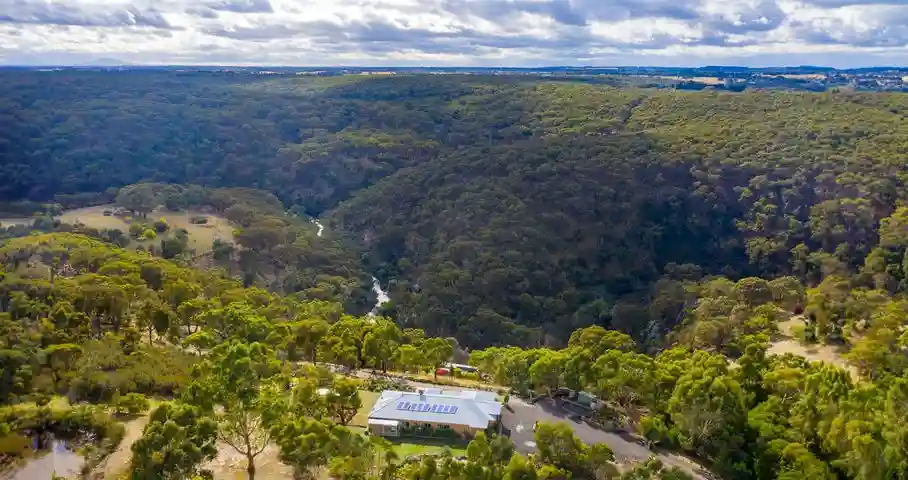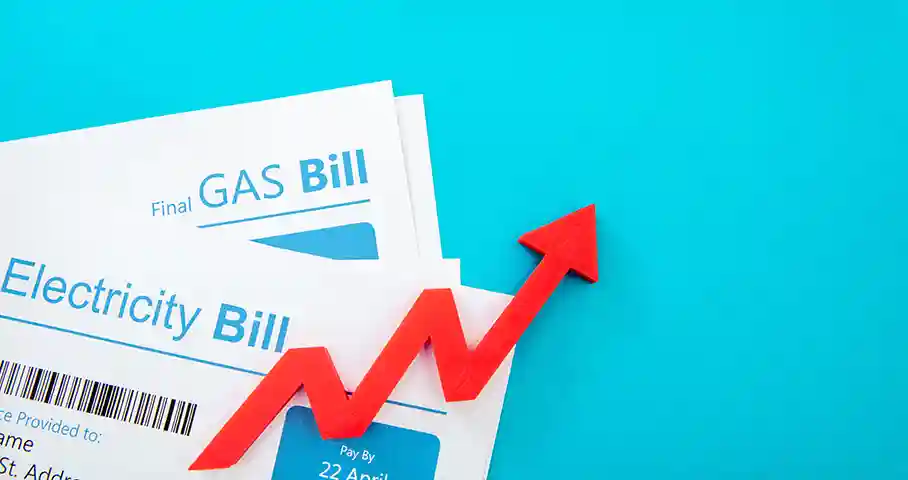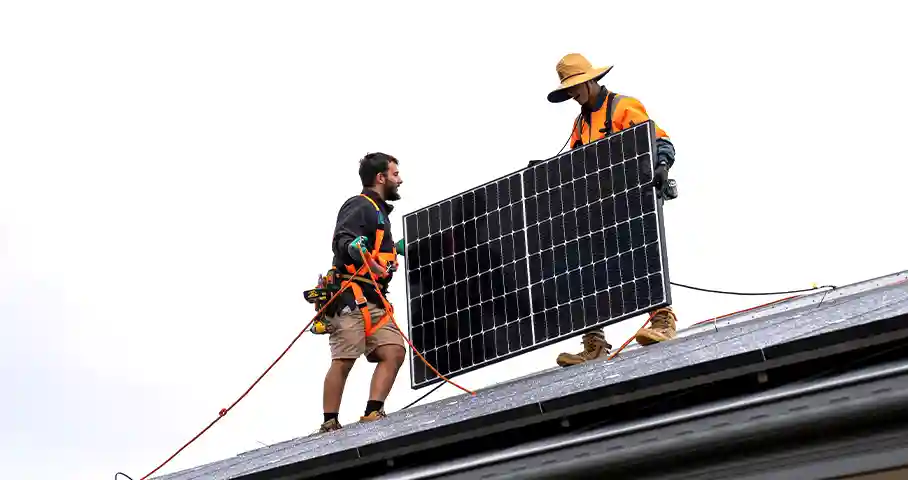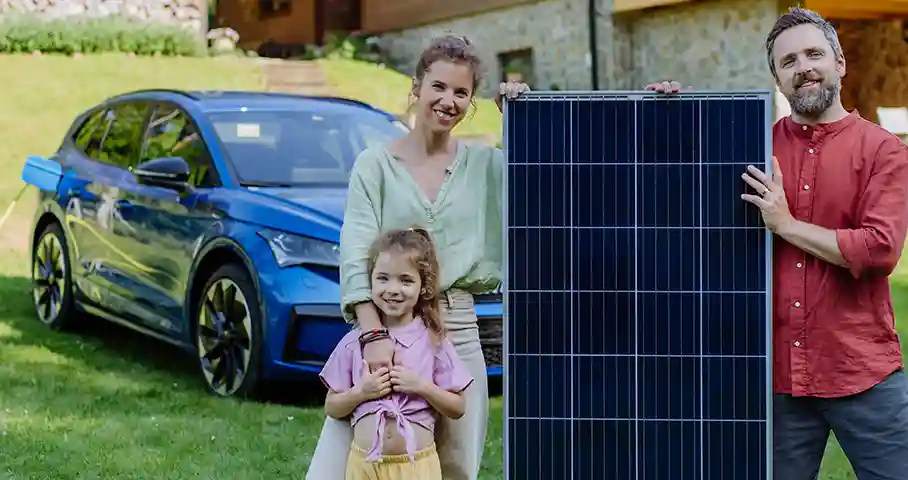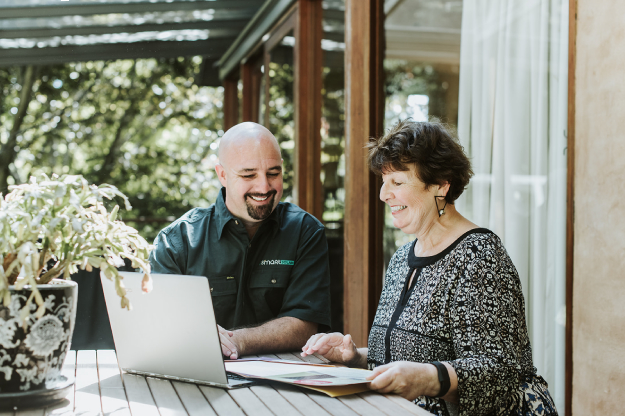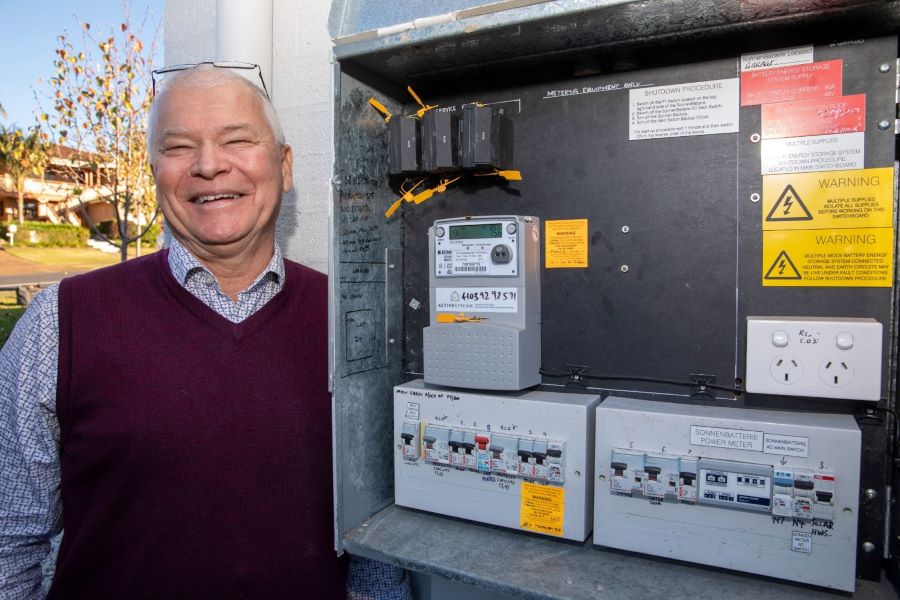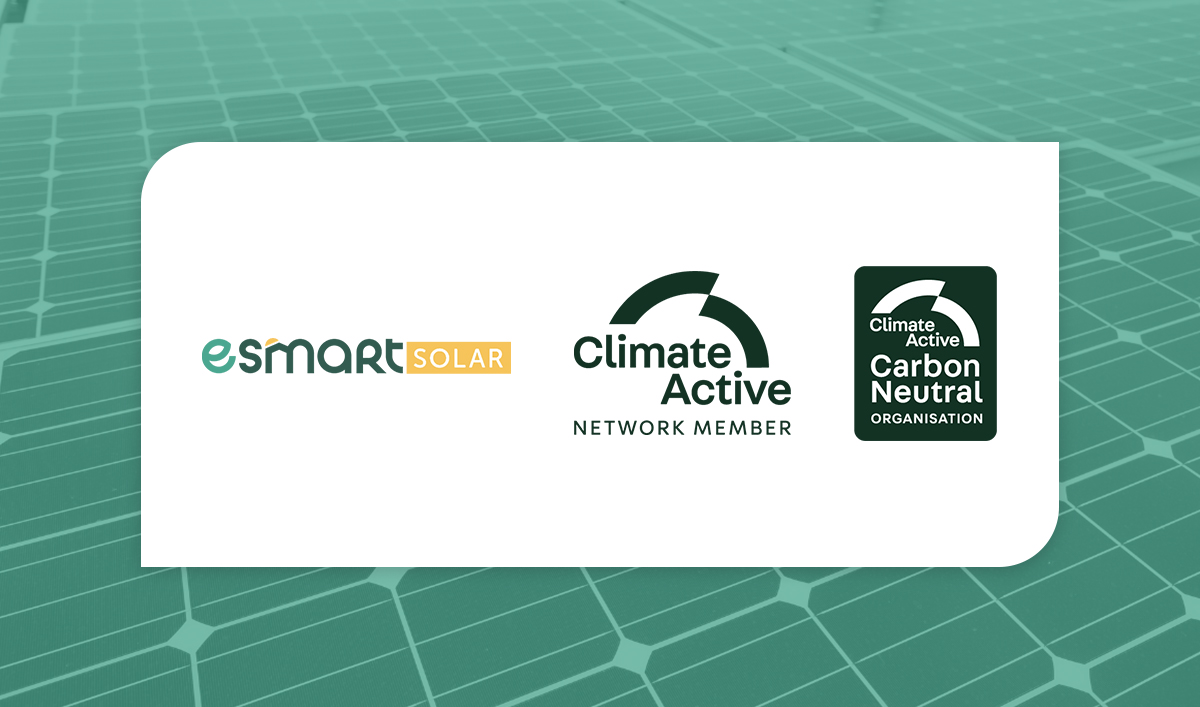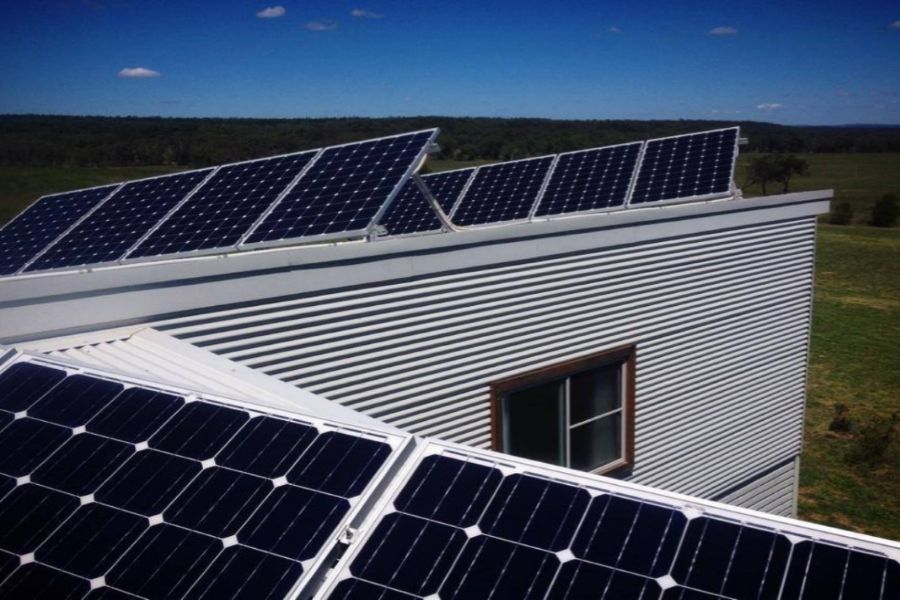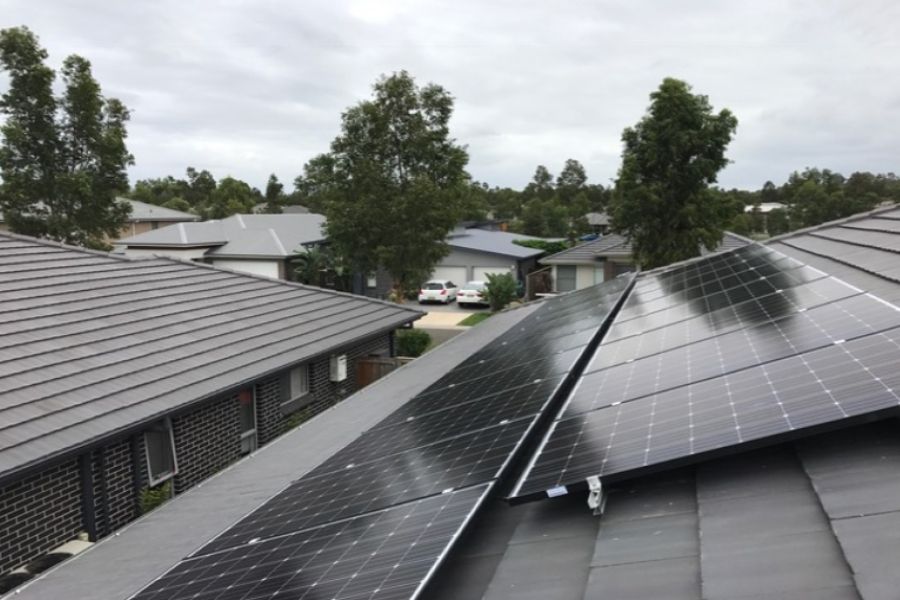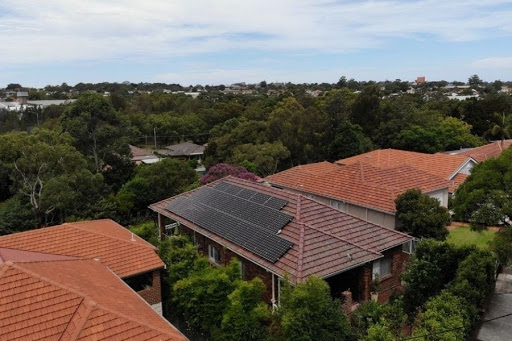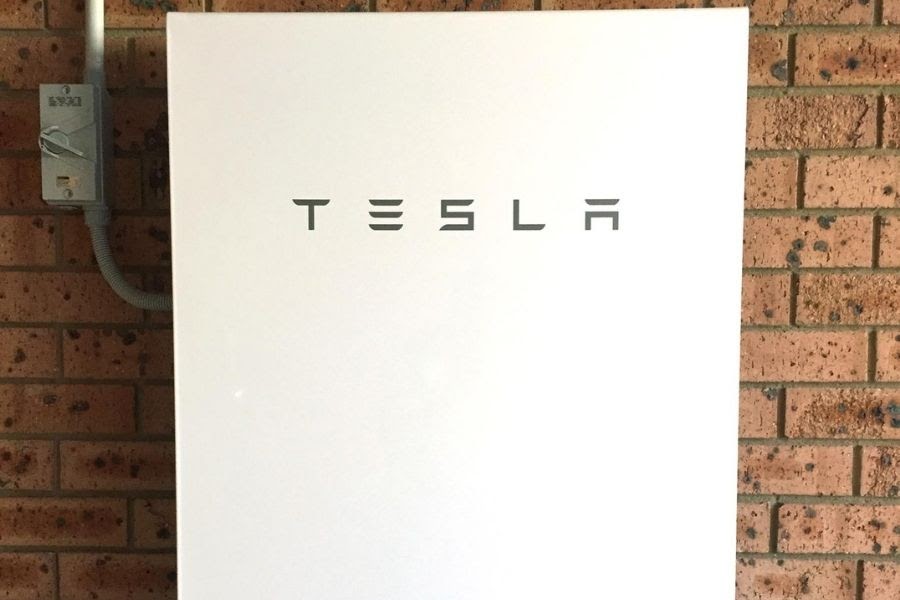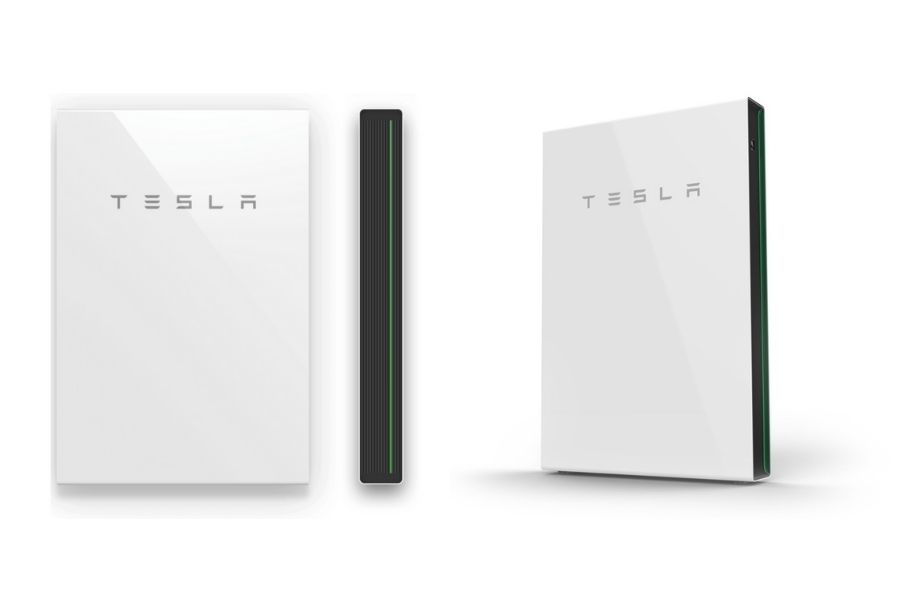The Blue Mountains and Penrith area is experiencing a positive change in energy management by homes and businesses. This change is accompanied by beautiful landscapes and lively communities.
Since 2004, over 5,000 homes in the Blue Mountains and Penrith region have been utilising solar energy.
This has helped promote independence and environmental responsibility. Springwood has the highest number of panels per person. It is followed by Glenmore Park and Blaxland.
This demonstrates the area’s commitment to a sustainable future. In the Penrith region, Penrith themselves leads the pack where every third local PV system installed is now a solar & battery combination.
Solar installations are more affordable than ever. They offer a sustainable and financially savvy solution to the ever-increasing power costs. Discover 7 strong reasons to switch to solar power and batteries in this beautiful area of Australia.
1. Shield yourself from rising energy costs
In the Blue Mountains and Penrith, like much of Australia, energy prices have been on a relentless upward trajectory. Installing a solar & battery system allows you to generate your own electricity, significantly reducing your reliance on grid power. Being independent means you can avoid rising power costs and have power over your own energy supply and future electricity bills.
2. Lower your household expenses
Solar energy can be a game changer for households in towns like Katoomba, Springwood, and Glenmore Park. Solar Panels reduce your electricity usage, saving money for important household needs and easing your financial stress. In an era where every penny counts, solar energy provides a practical solution to manage your power bills better.
3. Unparalleled installation details, product quality and warranty support with E-Smart Solar
E-Smart Solar is a trusted supplier of renewable energy solutions. We operate in the area and provide reliable and sustainable energy options for local customers. We have a wide range of panels, inverters, racking, batteries, and EV chargers to meet different energy needs.
What sets our products apart is not just their excellence but also the assurance they bring. Every item has great warranties, giving peace of mind to homeowners in Penrith, Hawkesbury, and nearby areas. This commitment to quality isn’t just about the present; it’s a promise that your investment remains safeguarded for years ahead.
At E-Smart Solar, we provide products that exceed industry standards. We ensure that your transition to sustainable energy is seamless and dependable in the long run. Trust us to provide the tools you need for a greener future, backed by quality assurance that stands the test of time.
4. Tap into generous Government incentives
People in the Blue Mountains and Western Sydney have the opportunity to use green energy. The Australian government is providing financial incentives and low-interest loans. These are aimed at making it easier and cheaper for people to switch to solar power and battery installations.
One of the most enticing incentives is the significant rebate offered specifically for residents in these regions. This rebate slashes the cost of solar panels by a substantial 33%. This significant decrease makes buying solar panels a smart and financially rewarding choice for homeowners in the area.
With government support, choosing solar energy is a smart choice. Not only do these rebates significantly reduce the upfront cost, but they also pave the way for long-term savings on energy bills.
If you reside in the Blue Mountains or Western Sydney, taking advantage of these incentives could be a game-changer for your household. Choose green and efficient energy for lower installation costs and ongoing energy savings.
5. Create a sustainable future for our younger generations
Embracing solar and battery energy is not just about immediate financial benefits. It’s also about contributing to a more liveable planet. By reducing your carbon footprint, you play a vital role in creating a sustainable future for younger generations to come.
This is important in a pretty place like the Blue Mountains and Penrith regions, where protecting nature is crucial, and hotter weather can increase bushfire risk.
6. Benefit from expert guidance and installation
Transitioning your home and integrating home storage batteries can initially feel like a complex process. However, E-Smart Solar is your reliable partner throughout this entire journey. Our experienced and dedicated solar team is committed to simplifying the process for you.
We’ll guide you through many choices to find the perfect system that meets your needs, starting with thorough consultations. From designing the system to professional installation, our experts are by your side every step of the way.
Regardless of your location in Blaxland, Leura, Penrith, or Emu Plains, our services extend to your area. We are dedicated to being the best and our support guarantees your solar system will work well for a long time.
7. Transform your energy bill into a smile
Imagine receiving your next energy bill not with dread, but with a warm smile. Solar & battery power makes this a reality, transforming energy consumption habits and bringing newfound financial freedom. In a sunny area, using solar power for your home makes sense and has benefits.
Embrace solar energy today with E-Smart your trusted local supplier
The Blue Mountains and Penrith region stand at the forefront of a solar revolution. Embracing solar energy today means powering your home and future sustainably and economically. Contact E-Smart Solar for a free quote and determine how much you can save on your future electricity bills.
So, what are you waiting for? Join the solar & battery movement and call E-Smart Solar on 02 47035411.

